The National Commission for Truth and Reconciliation-CVR started a month ago to identify the number of mass graves existing in Burundi from 1972 to 2008, but there is a long way to go.
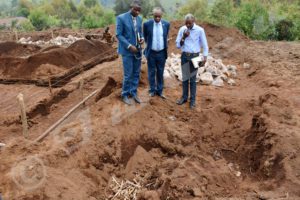
Mass grave recently discovered in Makamba zone of Rusaka Commune in Mwaro Province
“From 1972 up to date, there is an estimated number of 2,500 mass graves in Burundi”, says Aloys Batungwanayo, Chairperson of the Association for the Memory and Protection of Humanity against International Crimes- AMEPCI-Gira Ubuntu. He says, according to the survey conducted by the association, those mass graves are located in each headquarters of Burundi communes, each military installation, toilets, brick pits while other dead bodies were thrown in the rivers. “The mass graves are scattered throughout the country. Even in 2016, two mass graves were discovered in Mutakura and Kanyosha neighborhoods of the capital Bujumbura”, he says.
Nicodème Bugwabari, Lecturer at the University of Burundi, says, in collaboration with students, the University conducted an investigation in seven former provinces of Burundi and recorded about 140 mass graves of people killed in 1972 and 34 mass graves of people killed in 1988. “The CVR should consider our investigations even if there were oral ones. They were based on testimonies and questions. Concerning the massacres that took place in 1988, 18 mass graves have been discovered in Ntega Commune of Kirundo Province while 16 others have been found in Marangara commune of Ngozi Province,” he says.
Tatien Sibomana, a political opponent is concerned about the short term given to the National Commission of Truth and Reconciliation to identify the number of mass graves in the country. “We really need to know the number of mass graves and their locations in the country. I don’t think that we expect good results when the CVR term will expire after two years. Or is it going to speculate on victims? ” he says.
Jean Louis Nahimana, Chairman of CVR says each time they are informed, they do field work. “ We have already discovered mass graves in Kivyuka area of Musigati Commune in Cibitoke Province, Bugarama zone in Muramvya Province, Gasenyi hill of Mwaro Province and recently in Buyenzi neighborhood of Bujumbura City Council”, he says. He also says that when those mass graves are discovered, CVR protects them and suspend all activities carried out in the areas.
François Xavier Nsabimana, Chairman of survivors and victims’ of 1972 killings says it will be difficult to identify all mass graves in Burundi given that the majority of infrastructures are built on them. “Bujumbura International Airport, schools, hospitals… are all erected on mass graves. How will we succeed to bury our relatives with dignity?” he says.
The chairman of CVR says the commission has not yet decided what will be done for the infrastructures erected on mass graves. “When we finish investigating all mass graves discovered by those organizations will make a request for the construction of memorial sites if there are infrastructures erected on them ”, he says.
On this 27 February, CVR in collaboration with some experts are exhuming some dead bodies from the mass grave discovered in Makamba zone of Rusaka Commune in Mwaro Province.
The National Commission for Truth and Reconciliation-CVR has been created since December 2014 with a four -year term. It has the main objective of establishing the truth on what happened in Burundi including identifying the mass graves and reconciling Burundians.

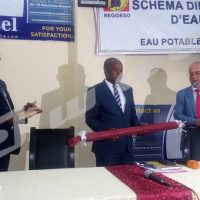
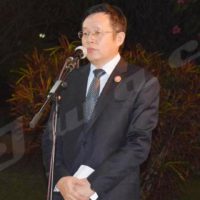
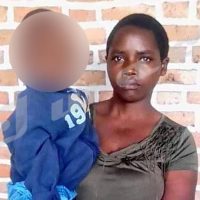

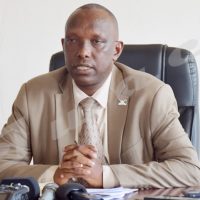













 IWACU Open Data
IWACU Open Data

